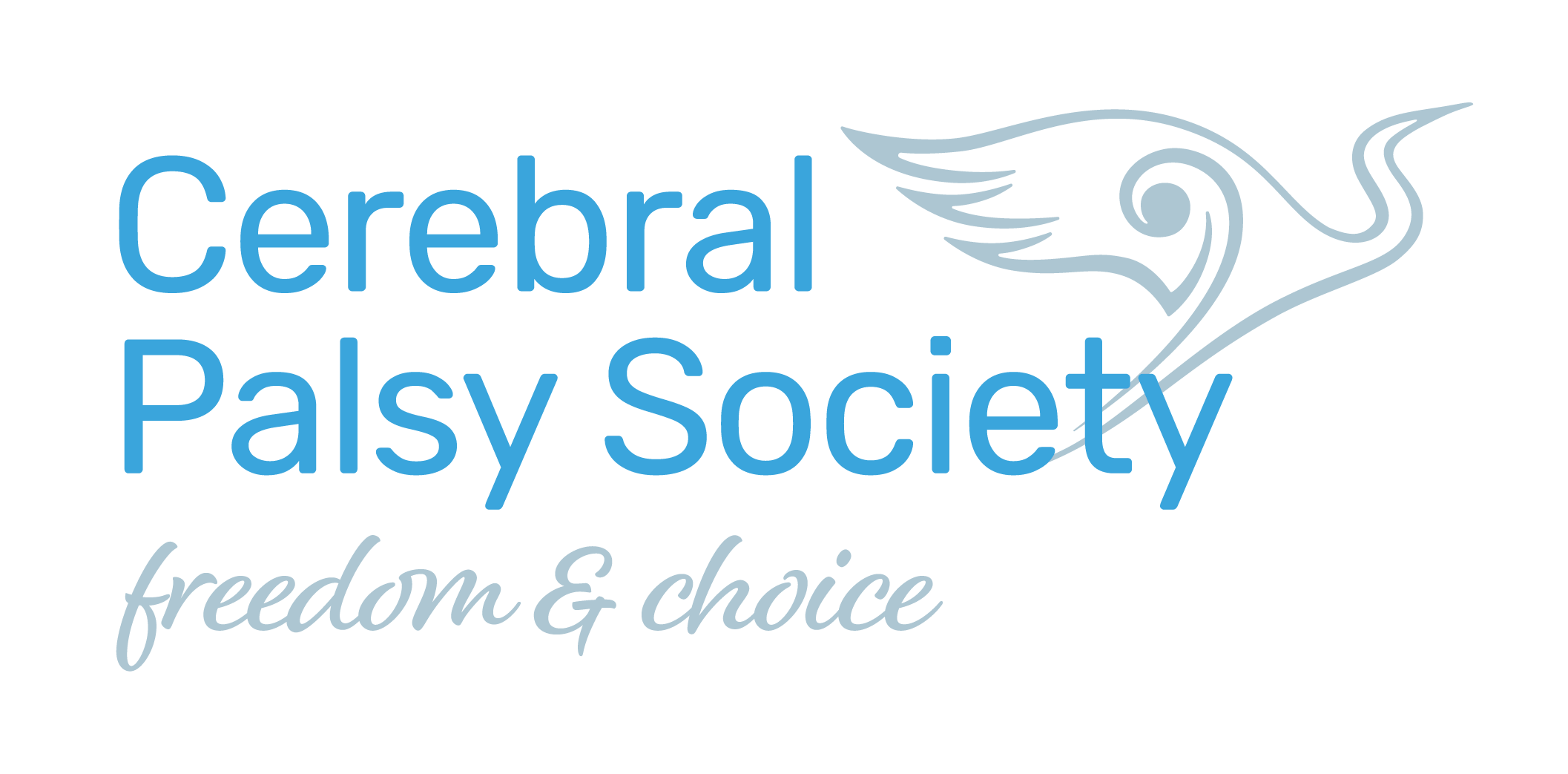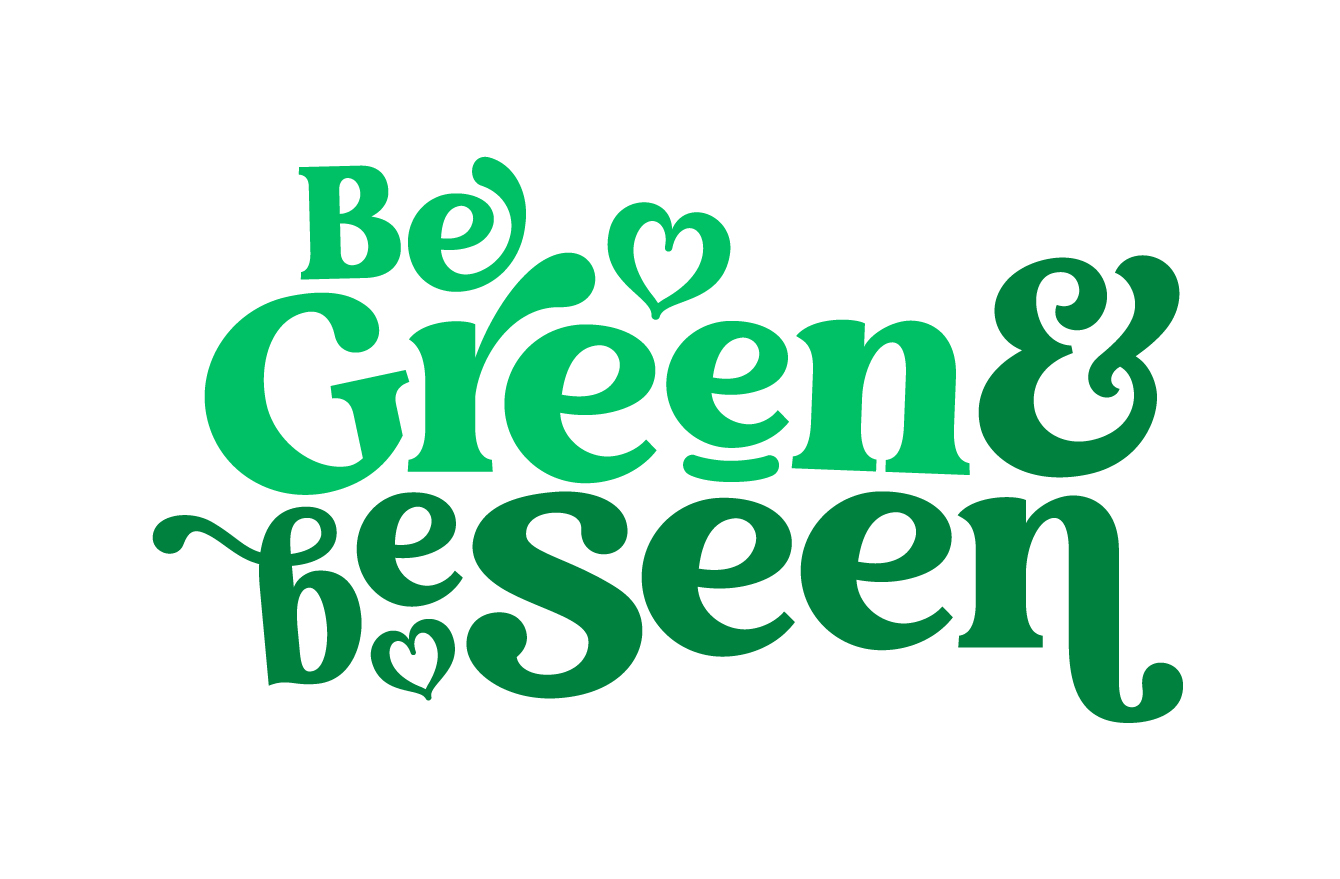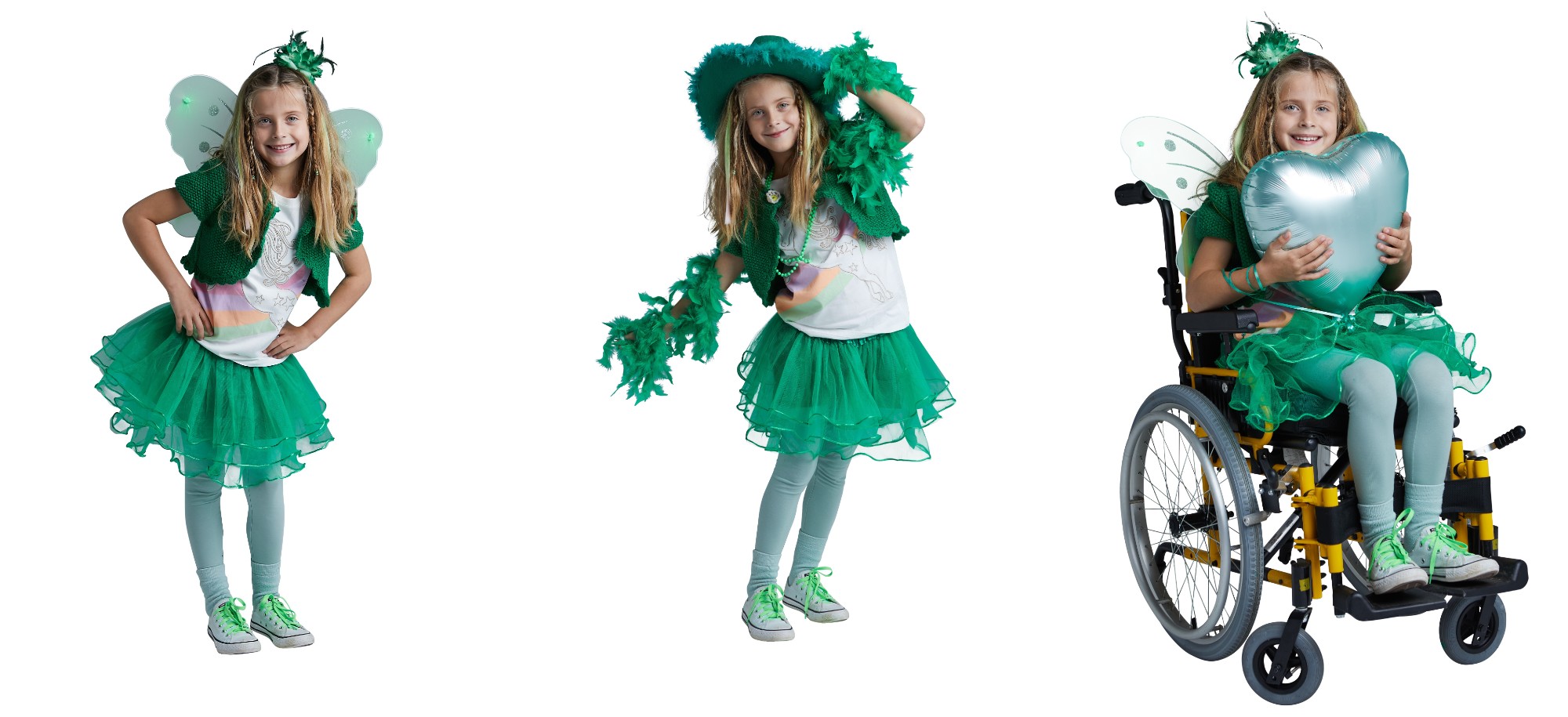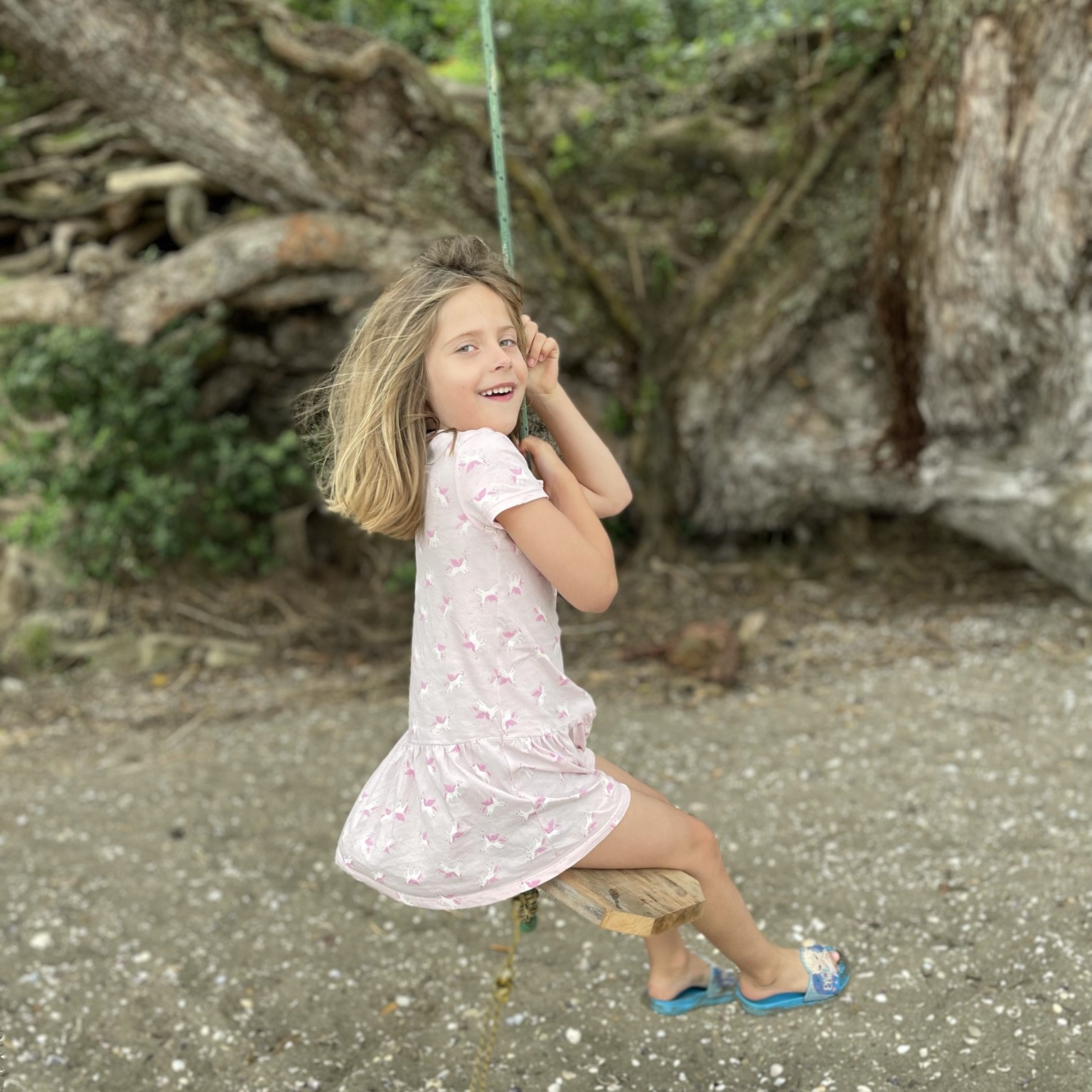Our Members - Their Stories
Fatigue takes its toll as Pippa learns to manage living with Cerebral Palsy
02 Sep 2022
The Winstone family is sharing Pippa’s story to help raise awareness of growing up with, and raising a child with, Cerebral Palsy.
By Melanie Louden
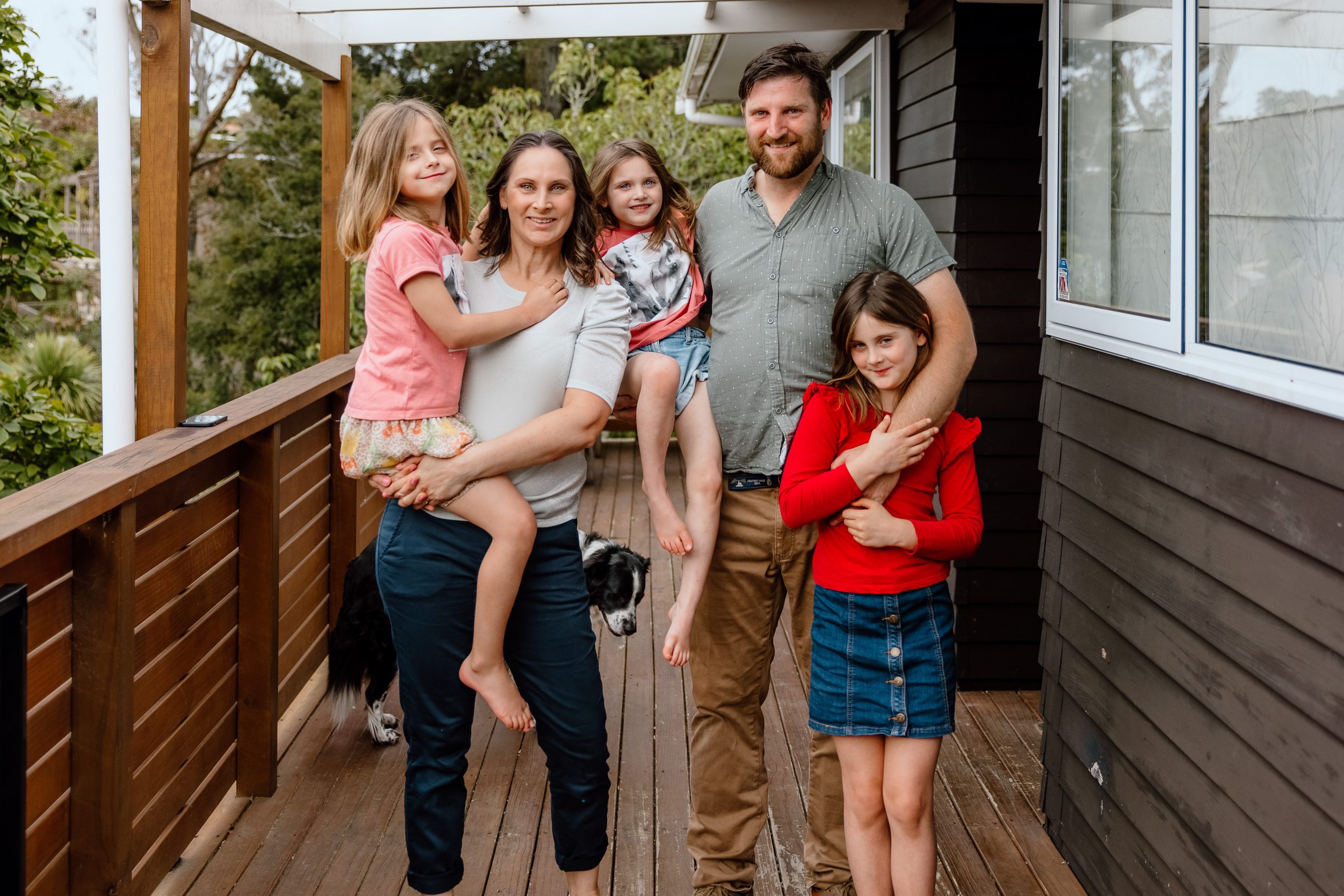 Pippa, left, with mum Tracey, twin sister Eleanor, dad Charles, and older sister Phoebe.
Pippa, left, with mum Tracey, twin sister Eleanor, dad Charles, and older sister Phoebe.
Pippa Winstone’s early years were like a puzzle.
A puzzle where her parents Charles and Tracey had to constantly push for answers for their “medically complex child”.
The six-year-old Aucklander has Cerebral Palsy and is the face of Be Green & Be Seen – the Cerebral Palsy Society of New Zealand’s awareness and fundraising campaign happening throughout October.
Green is the internationally recognised colour for Cerebral Palsy, and October 6 is World Cerebral Palsy Day.
The Winstone family is sharing their story as part of the campaign.
Tracey’s pregnancy with Pippa and her twin sister Eleanor was straight forward as far as the babies were concerned, but Tracey was deemed high risk and was admitted to hospital at 30 weeks.
At 34 weeks, and considering Tracey’s health issues, the doctors agreed “the twins are better out than in” and the girls were born at 34 weeks and two days.
While premature, Pippa was “absolutely healthy” at birth and the twins spent just two weeks in the neonatal intensive care unit.
Tracey says at first, they didn’t notice any issues with Pippa except that she had trouble swallowing and seemed to suffer from reflux.
“That was put down to the fact she was premature. It was Eleanor they were worried about. Eleanor was quite unwell.”
Eleanor had a severe milk allergy which led to 6 months of being in and out of hospital.
“It was intense and it was scary,” Tracey says. “There were lots of ambulance rides.”
Following one hospital stay for Eleanor, when the twins were around 8 weeks old, the family were about to be discharged when the doctor said to Tracey “Eleanor’s fine, she can go home, but she [Pippa] needs to stay”.
The doctor could tell that she wasn’t breathing properly.
And so began “the Pippa puzzle”.
“Initially we were focusing on the acute stuff – what was impacting her breathing?,” Tracey says.
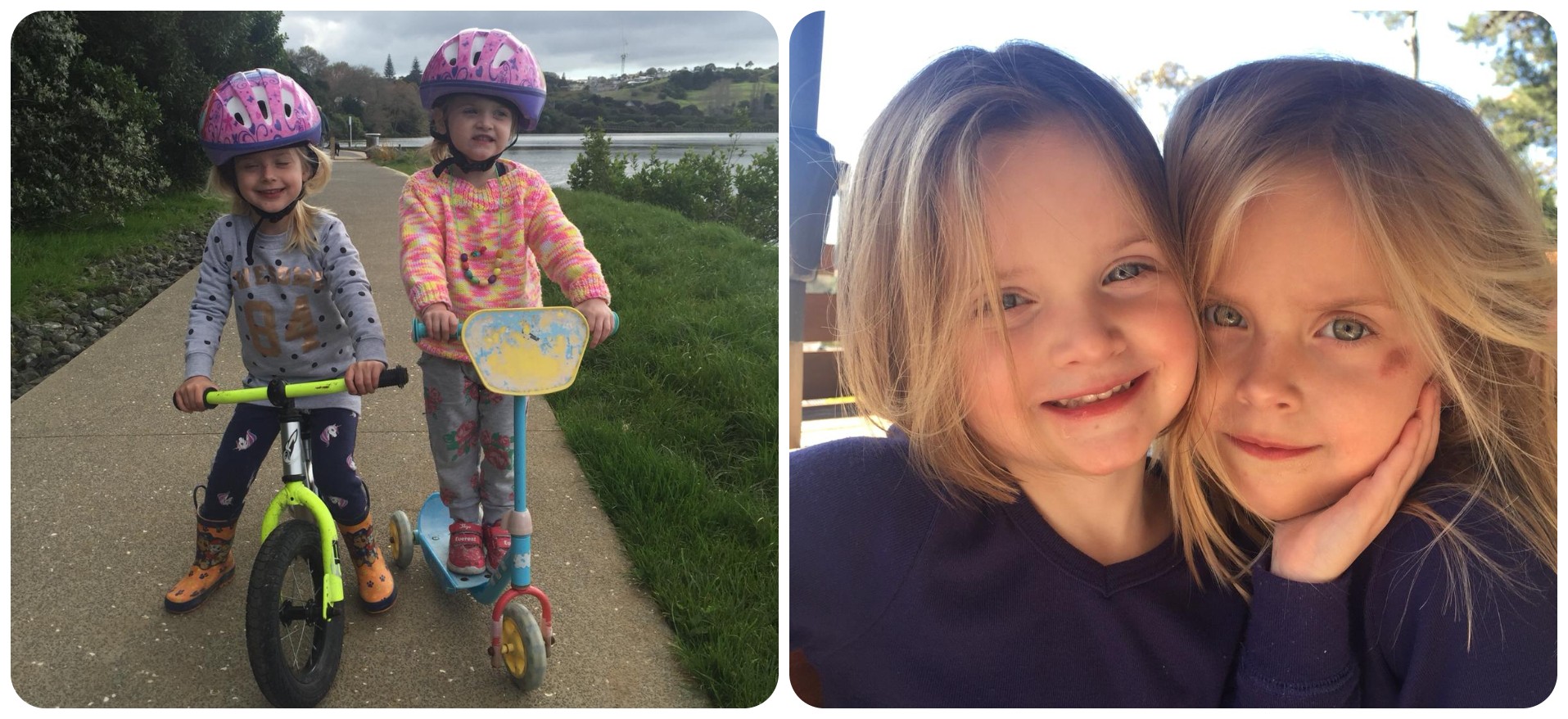 Pippa and Eleanor are twins and best friends.
Pippa and Eleanor are twins and best friends.
Pippa had lots of colds which quickly led to low oxygen levels and respiratory distress, it was discovered that she had narrow nasal passages, and she was diagnosed with asthma at the age of 2.
Further investigation revealed Pippa had floppy airways and a delayed swallow which can cause her to choke, and while she has learnt to “actively swallow”, liquids are still tricky.
The couple knew something more was going on when Pippa started crawling – she’d commando crawl, but only using her right side.
As a toddler, she was very active, but often fell over.
At one stage a doctor told Tracey and Charles, “I don’t think it’s Cerebral Palsy, she’s far too mobile and functional”.
Over the years the parents noticed “a marked difference” between her and her peers.
“She didn’t grow out of those things people said she would grow out of. The fatigue was obvious – a toddler doesn’t run out of energy and suddenly drop the way Pippa would.”
They saw numerous doctors, “but we were still missing pieces of the puzzle”.
Things changed when they met paediatrician and rehabilitation specialist Dr Jimmy Chong.
Dr Jimmy watched her walk down the hallway and then sat down with Tracey.
“He pretty much said ‘so, just to clarify – we’re not here to work out if she has Cerebral Palsy, but to work out what the extent of her CP is’.”
Finally, at the age of four, the family had a confirmed diagnosis for Pippa.
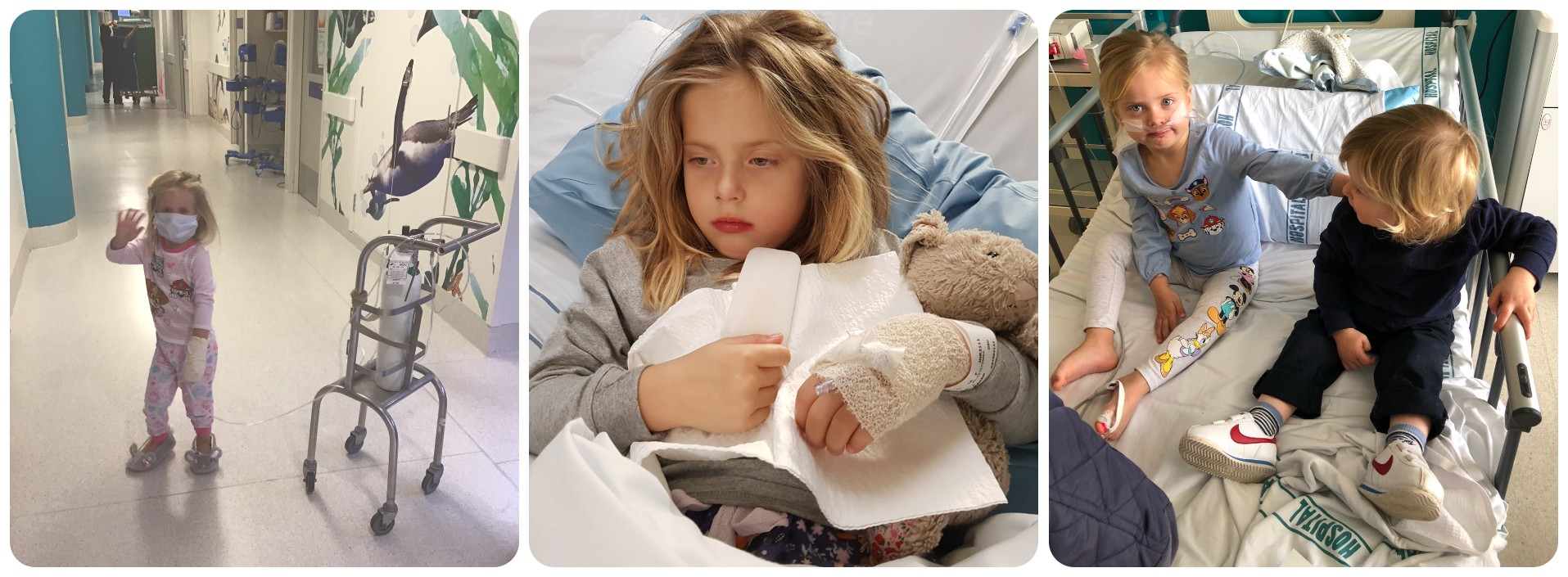 Pippa, now 6, has endured many surgeries and hospital stays.
Pippa, now 6, has endured many surgeries and hospital stays.
Dr Jimmy went on to confirm that while Pippa’s pretty “text book” with her Cerebral Palsy, she’s really good at hiding it which is why she had fooled us all for so long.
While they will never know for sure what caused Pippa’s Cerebral Palsy, and when it occurred, it is likely to have happened after one of her breathing incidents when she was a few weeks old – a lack of oxygen causing damage to her brain.
The couple were pleased to have a diagnosis, but Charles says there were still plenty of unknowns.
“It was the first time we’d encountered anything like this in our family,” he says. “What quality of life would she have going forward? How is she going to manage later on in life after we’ve gone?”
One of the first things the family did was join the Cerebral Palsy Society of NZ.
“They were great,” Tracey says. “They had the knowledge and perspective. The more we found out about Cerebral Palsy, the more Pippa’s diagnosis and medical complexities made sense. I felt more confident in her care and her advocacy.”
Charles says the Society gave them “a starting point of how to understand it”.
“Once you’ve got a label for it, you can research and begin to know how to deal with it,” he says.
The family took advantage of the Society’s funding programmes and used getPhysical to pay for Pippa’s swimming lessons. They also used getOnYourTrike to hire a trike.
Now a fun-loving 6-year-old, Pippa is a keen footballer who plays for a team at Ellerslie AFC.
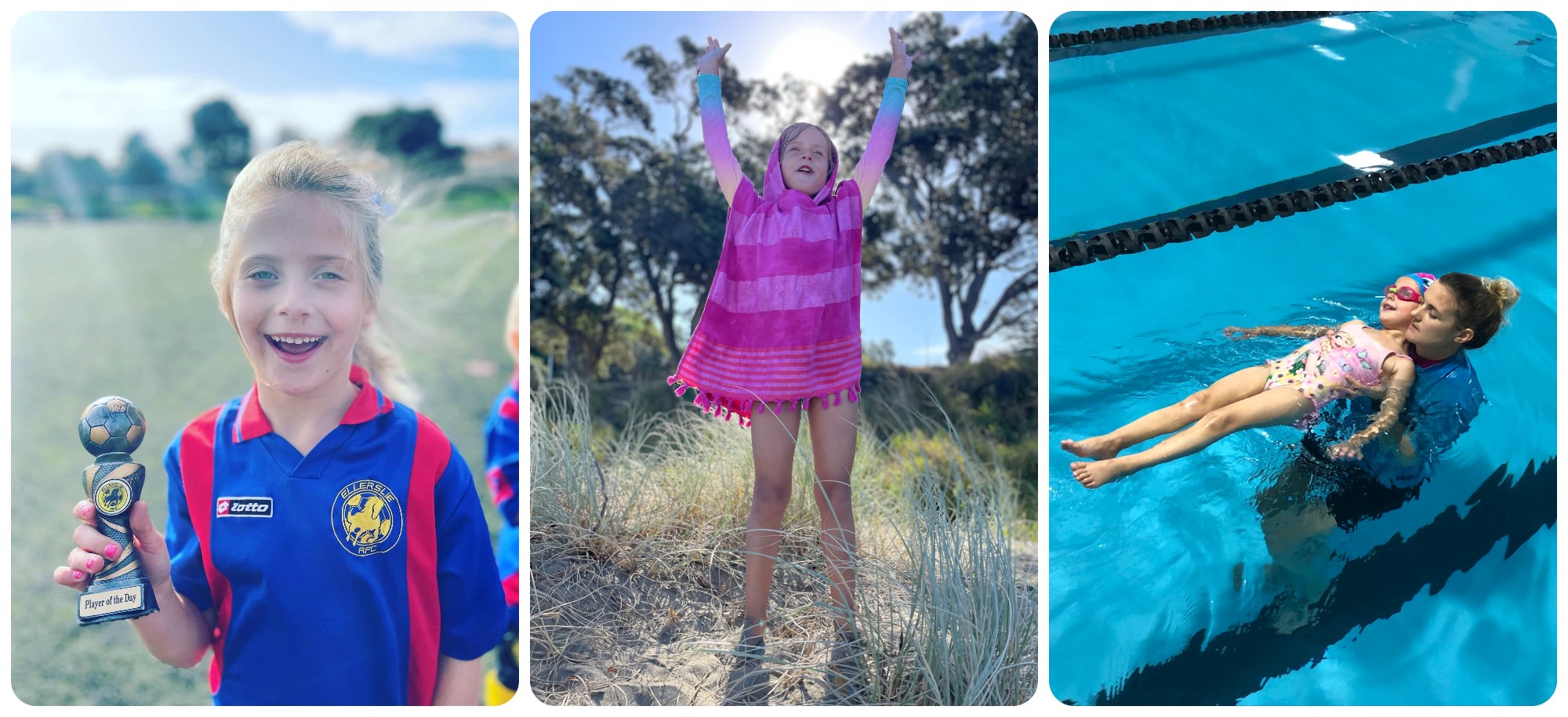 Not one to be held back by Cerebral Palsy, Pippa has a love of football and the outdoors.
Not one to be held back by Cerebral Palsy, Pippa has a love of football and the outdoors.
She loves to draw (especially flamingos), play Lego with her sisters, and when she grows up, she wants to be a helicopter pilot with the skills and knowledge to carry out repairs.
Pippa and Eleanor initially started going to school in August 2021, but Auckland went into a Covid-19 lockdown just two days later.
Omicron caused a lot of uncertainty for the family, so the girls spent the rest of the year learning from home and started going to school again at the beginning of 2022.
Cerebral Palsy is a physical disability that affects everyone differently and in Pippa’s case she doesn’t always “look” like she has Cerebral Palsy.
For Pippa, Cerebral Palsy means she sometimes walks differently and sometimes her hands curl into a bit of a claw shape. But a lot of the time she can mask, or hide, these visual signs of Cerebral Palsy quite well.
“She looks ‘normal’, ‘average’,” Tracey says. “Sometimes I feel like a fraud. Hidden disabilities can be challenging in ways I just hadn’t ever considered.”
The biggest impact for the youngster is fatigue. A busy week at school and a football game on a Saturday morning can see her spend the next two days, or more, in bed.
Prior to attending school, Pippa was managing just two days a week at kindy due to exhaustion and fatigue. She now has a 70 per cent attendance rate at school.
“The fatigue is still here – we’re just able to manage it better,” Tracey says.
Half way through 2022 the Winstone’s secured funding for a wheelchair for Pippa – until that point they’d been using an oversized pushchair for when the fatigue took its toll.
Pippa pushes herself around in the chair, and it gives her choice, autonomy and independence. She uses it in the classroom, saving her energy for the playground.
A family picnic when the twins were 2 years old.
The teacher aides at Pippa’s school help her to be as engaged and active as she can be.
It’s not uncommon for Pippa to rest during a morning PE session, so she’ll have enough energy to take part in something like the school assembly that afternoon.
“It’s hard to accept that your child is going to miss out on things. But we’re at the point now that we know this might be the best approach for her overall health and involvement in the school experience,” Tracey says.
Charles and Tracey are looking forward to the Be Green & Be Seen campaign and the awareness it will bring to what Cerebral Palsy is, and the work the Society does.
Tracey says “not all disabilities are obvious”, and people shouldn’t be so quick to judge.
Sometimes Pippa struggles to manage the physical toll her CP can take and without her chair needs to be carried.
Fatigue or managing her muscle and nerve pain can also lead to some pretty intense emotional meltdowns, these can often be very public and can happen quickly.
Tracey hopes many adults take an approach more like Pippa’s classmates.
“Pippa finds adults are less tactful and they talk to me, not her.
“I love how her peers in her classroom are so engaged and curious. They’re always asking, they are really accepting. They are very respectful,” she says.
“It absolutely warms my heart when her classmates say ‘Pippa can I push your chair if you’re tired?’ ‘Do you need a hug?’ and ‘I’ll get the door for you’. They know how to treat Pippa as just another one of their classmates.
“In turn, Pippa has developed a deep sense of empathy and caring and is so incredibly supportive of her friends and classmates.”
To mark Be Green & Be Seen, Pippa is going to do a ‘show and tell’ for her class about taking part in the campaign’s photo shoot, and the family is going to host a green-themed morning tea with green cupcakes and cakes.
“We’ll have a few family and friends around for some fundraising. We’ll be wearing lots of green.”
Tracey says the family is keen to support the Society in any way they can.
“Not long after the diagnosis, and even though we knew no one, we went to check the Society out at the Christmas party. That’s when we realised there are so many other kids like Pippa. It was such a welcoming environment and it was so important to connect with other families going through a similar time. Pippa just had a blast.
“It was the first time I’d seen her not actively ‘masking’ in public – she felt accepted. She felt she didn’t have to hide herself physically.
“The Society gives us a huge sense of belonging,” Tracey says.
<END>
Be Green & Be Seen is the Cerebral Palsy Society of NZ’s annual awareness and fundraising campaign. You can find out all about the campaign here.
Make a Be Green & Be Seen donation today – www.givealittle.co.nz/cause/bgandbs
For more information:
Melanie Louden
Communications Manager
melanie@cpsociety.org.nz
Mobile: 022 087 8191
